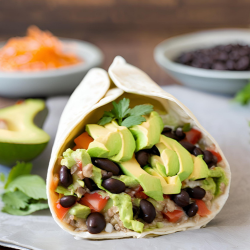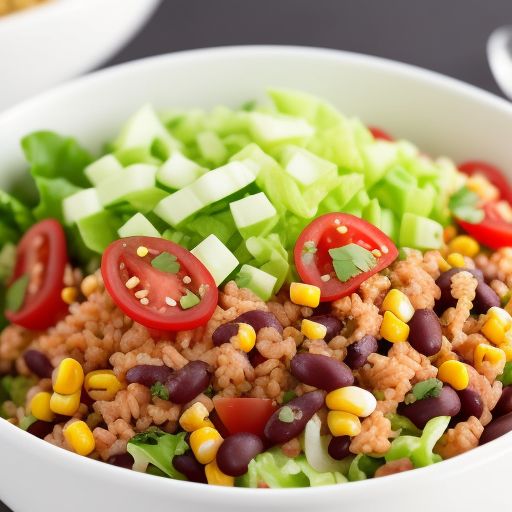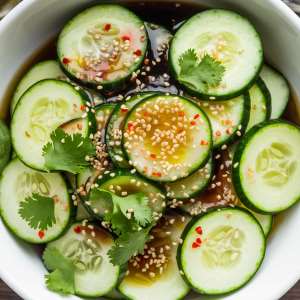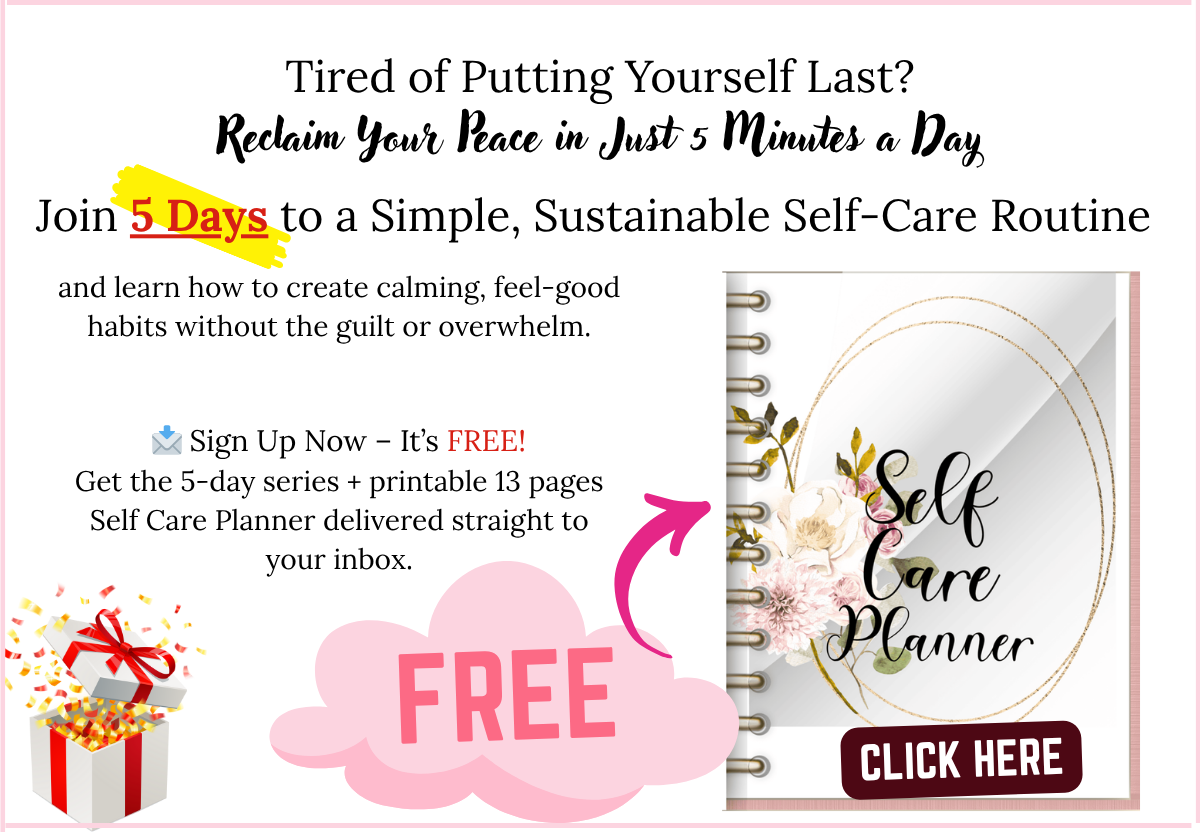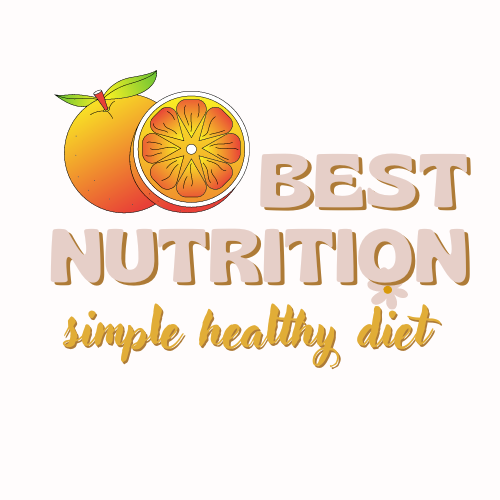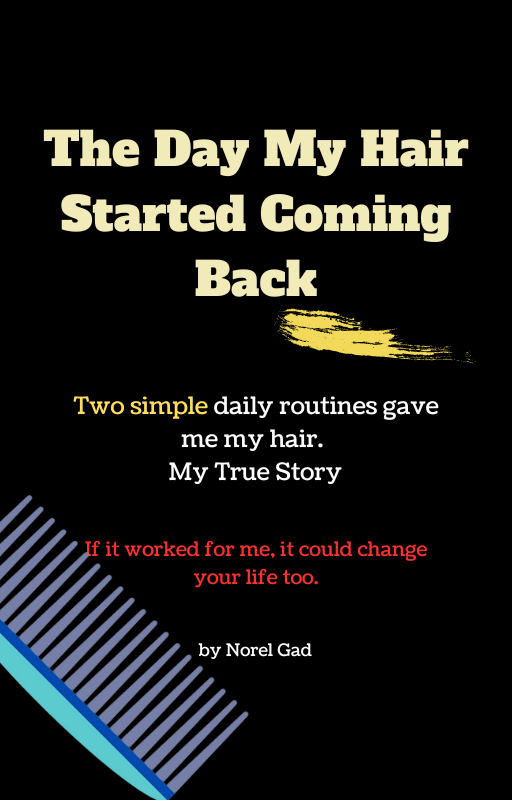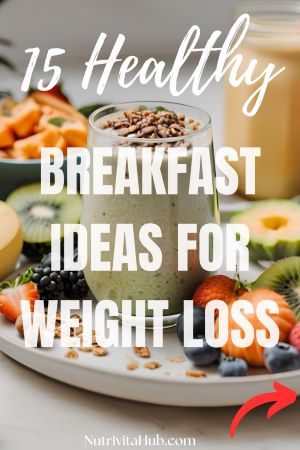Did you know the ketogenic diet can help improve many health conditions? It’s a low-carb, high-fat eating plan that can bring incredible health benefits. This way of eating can also help you lose weight without needing to count every calorie.
The ketogenic diet, known as the keto diet, is changing how we eat. It focuses on eating fewer carbs and more healthy fats. This change helps your body get really good at using fat for energy. It leads to lower blood sugar and insulin levels too.
If you want to lose weight, handle health conditions, or feel better overall, the keto diet might be for you. This guide will show you how to start a keto diet plan. You’ll learn the basics and how to make it a part of your life for the long term.
Key Takeaways
- The ketogenic diet is a low-carb, high-fat eating approach that puts the body into a fat-burning state called ketosis.
- The keto diet can offer a wide range of health benefits, including potential improvements for type 2 diabetes, cancer, epilepsy, and Alzheimer’s disease.
- The keto diet is an effective way to lose weight, often without the need to strictly count calories or track food intake.
- Reducing carb intake, increasing healthy fat consumption, and maintaining moderate protein levels are key to starting a successful keto diet plan.
- Proper meal planning, hydration, and managing potential side effects like the “keto flu” can help you transition to a keto lifestyle more smoothly.
Understanding the Keto Diet
The ketogenic diet is all about eating very few carbs but lots of fats. It’s similar to both the Atkins and other low-carb diets. The key aim is to hugely cut down on how many carbs you eat, and then eating more fats instead. Doing this pushes your body into ketosis, a state where it becomes really good at using fat for energy rather than carbs. This also leads to your liver making ketones, which your brain can use for extra energy.
Studies have shown that the ketogenic diet brings many health benefits, mainly for issues linked to metabolism, brain health, and insulin action. These benefits could help with heart problems, cancer, Alzheimer’s, epilepsy, Parkinson’s, PCOS, and brain damage. What’s more, the diet’s power to cut down on blood sugar, insulin, and body fat makes it really handy for those dealing with type 2 diabetes and prediabetes.
Getting Started on the Keto Diet
To reach ketosis on the keto diet, cutting carbs is key. Normally, you limit carbs to 20-50 grams a day. Choose carbs wisely, picking non-starchy, fiber-rich veggies over grains, sugars, and fruits. Once in ketosis, adding a few more carbs slowly can prevent cravings.
Increasing Healthy Fat Consumption
The keto diet relies heavily on fats instead of carbs. Try to get 60-80% of your calories from fats daily. Good fats to focus on are found in olive oil, avocado oil, and coconut oil. Also, don’t forget about butter, cheese, nuts, seeds, and fatty fish. These high-fat, low-carb foods keep you full and craving-free.
Maintaining Moderate Protein Intake
Protein is crucial, but too much might stop ketosis. Aim for 15-30% of your calories from protein. This helps keep your body in ketosis without using extra protein to make glucose. Such a balance ensures you stay in a fat-burning state.
By watching your carb, fat, and protein intake on keto, you can make it a lifestyle. This approach helps both start and keep ketosis going.
How to Start a Keto Diet Plan
To begin your keto diet plan, cut your carb intake significantly. Aim for 20-50 grams of net carbs per day. You need to do this to put your body in ketosis, the fat-burning state. Focus on plenty of low-carb vegetables to still get your vitamins, minerals, and fiber. This step is key for your keto diet for weight loss.
It’s crucial to also manage your stress levels. High cortisol, the stress hormone, can block ketosis. Techniques like meditation, yoga, or taking breaks can support your beginner keto diet plan.
Eating more healthy fats and moderate protein is vital for keto success. Healthy fats should be 60-80% of your calories. They keep you full and cut cravings. Drink plenty of water and stay active. This supports your steps to start keto diet and aims for health and weight loss.
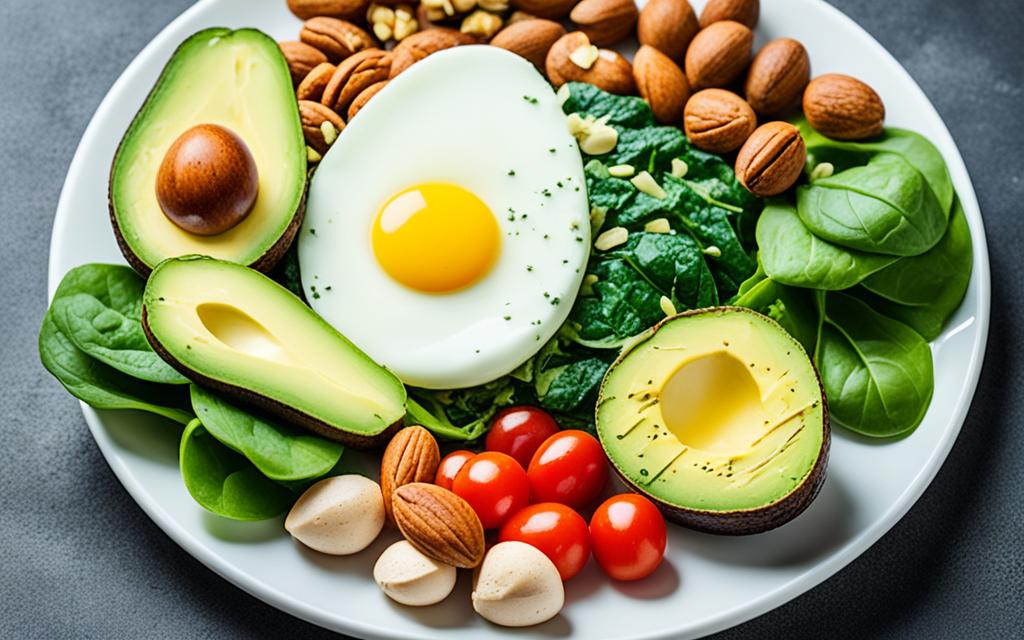
Keto-Friendly Foods
Following a keto diet means choosing high-fat, moderate-protein foods. They should help you stay in ketosis. You can enjoy keto meat options, keto seafood, and keto eggs in your meals.
Meat, Fish, and Eggs
Beef, pork, chicken, and eggs are excellent for the keto diet. Salmon, tuna, and trout are also great choices. These meals are rich in protein and essential nutrients. They also give you beneficial fats, keeping you full and happy on the diet.
Healthy Fats and Oils
Keto approved fats and keto friendly oils are vital for the diet. You should use olive oil, avocado oil, and coconut oil. Butter, ghee, nuts, seeds, and fatty fish like salmon are also good. These fats help with energy, nutrient absorption, and staying full.
Low-Carb Vegetables
The keto diet is low in carbs, but some veggies are still good to eat. Aim for plenty of keto vegetables and other low-carb veggies for keto. Good choices include leafy greens, cruciferous veggies, and other options like zucchini and asparagus.
Tips for Beginners
Starting a keto diet can feel both thrilling and tough, especially for novices. Here are some helpful hints for those beginning their journey into the low-carb, high-fat world. These pointers will make your shift smoother.
Staying Hydrated
Keeping hydrated is ultra-important on a keto diet. This eating plan may lead to water loss. Try to drink 6-8 glasses of water daily. It’s also wise to consider electrolyte supplements or broth. They can help replace minerals like sodium, potassium, and magnesium that get lost when you pee more frequently.
Managing the Keto Flu
The “keto flu” mimics flu symptoms and hits many at the start of their keto diet. Feeling tired, headachy, queasy, dizzy, and grouchy are common. To handle this phase, ensure you’re drinking enough water, take ample breaks, and transition into the diet slowly. Don’t make sudden, big changes.
Meal Planning and Preparation
Planning and making meals beforehand is premium for new keto diet followers. Skim through keto-friendly recipes to design your meals and snacks. This approach helps you avoid slipping up, resist temptations, and makes adopting a high-fat, low-carb lifestyle less stressful.
Potential Risks and Side Effects
The keto diet has great health benefits but also some risks. It might lead to not getting enough nutrients because you don’t eat many fruits, grains, and legumes. You should eat a lot of low-carb vegetables and consider taking supplements to meet your body’s needs.
Nutrient Deficiencies
When you’re on the keto diet, you might lack important vitamins and minerals like vitamin C and magnesium. This happens as you eat fewer foods that are full of nutrients. To avoid this, eat a wide variety of keto-friendly vegetables and think about using keto vitamin supplements or keto mineral supplements.
Keto Flu and Other Temporary Side Effects
Starting the keto diet might make you feel like you have the flu. You could feel tired, get headaches, or feel dizzy. This happens as your body gets used to a new way of getting energy. Drinking enough water, resting, and slowly starting the diet can help.
Long-Term Health Concerns
The keto diet is good for losing weight and handling some health problems. But, there are some things to watch out for in the long run. This includes possibly having high cholesterol, not getting enough nutrients, and problems with your gut. It’s smart to talk with a doctor, check your health often, and make changes in your diet if you need to. This can help reduce the risks.
Conclusion
The keto diet is a good way to lose weight and get healthier. It’s wise to start it under a doctor’s advice, especially if you’re not very healthy. By learning about it, picking the best foods, and dealing with any bad effects, adding the keto diet to your routine can be smart.
Deciding if the keto diet fits your life is based on what you want for your health, what foods you like, and how you feel overall. To succeed, cut down on carbs, eat more good fats, and keep your protein level okay for ketosis. Look out for possible vitamin shortages, handle the keto flu, and plan your meals correctly to do well on the keto diet.
Summary of the keto diet and the tips in this article can guide you in your health journey. Keep in mind, the keto diet is not for everyone. It’s vital to check how you feel, follow your progress, and change things as you go. This way, you can make the keto diet work for you in the long run.
FAQ
What is the ketogenic (keto) diet?
What are the benefits of the keto diet?
How do I reduce carb intake on the keto diet?
How much healthy fat should I eat on the keto diet?
What is the ideal protein intake for the keto diet?
How can I manage the “keto flu” when starting the diet?
What are some potential risks and side effects of the keto diet?
Source Links
- https://www.healthline.com/nutrition/ketogenic-diet-101
- https://www.webmd.com/diet/keto-diet-for-beginners
- https://www.atkins.com/how-it-works/library/articles/how-to-start-a-keto-diet-7-tips-for-beginners
